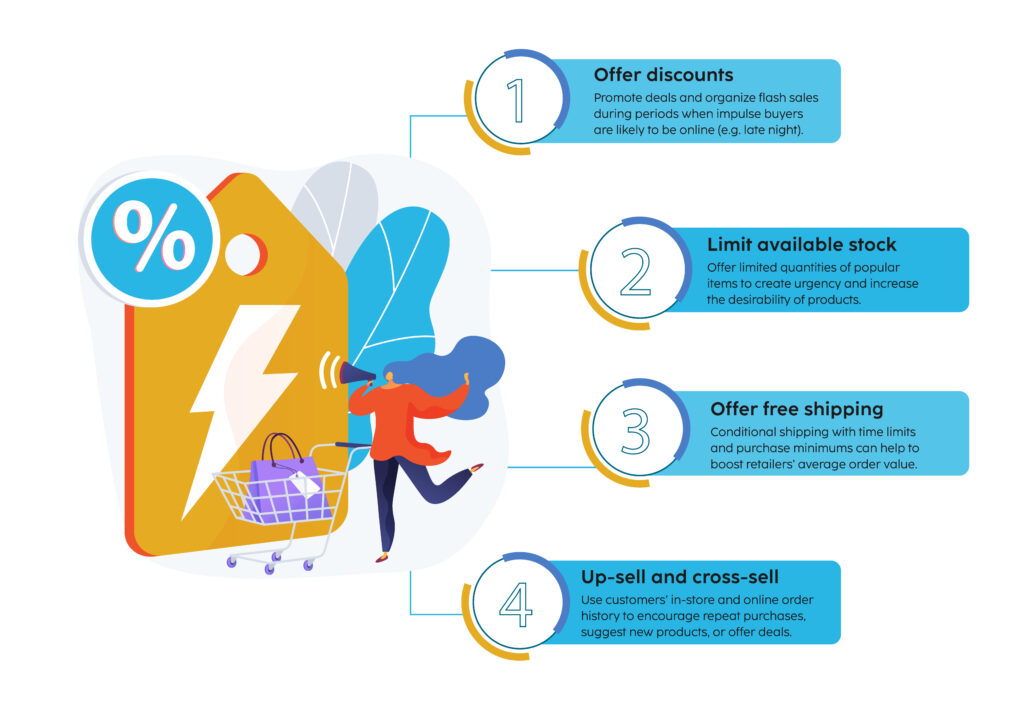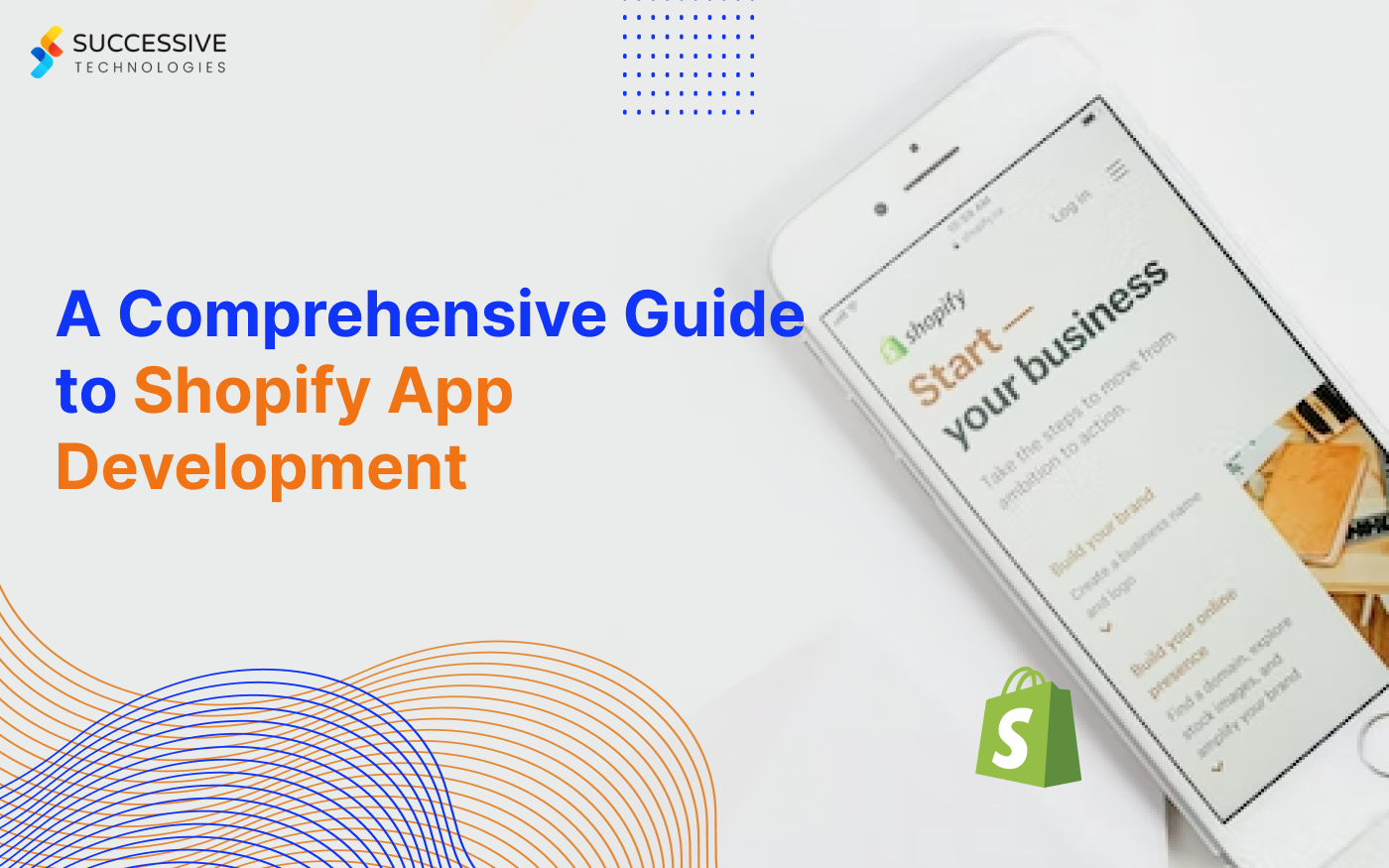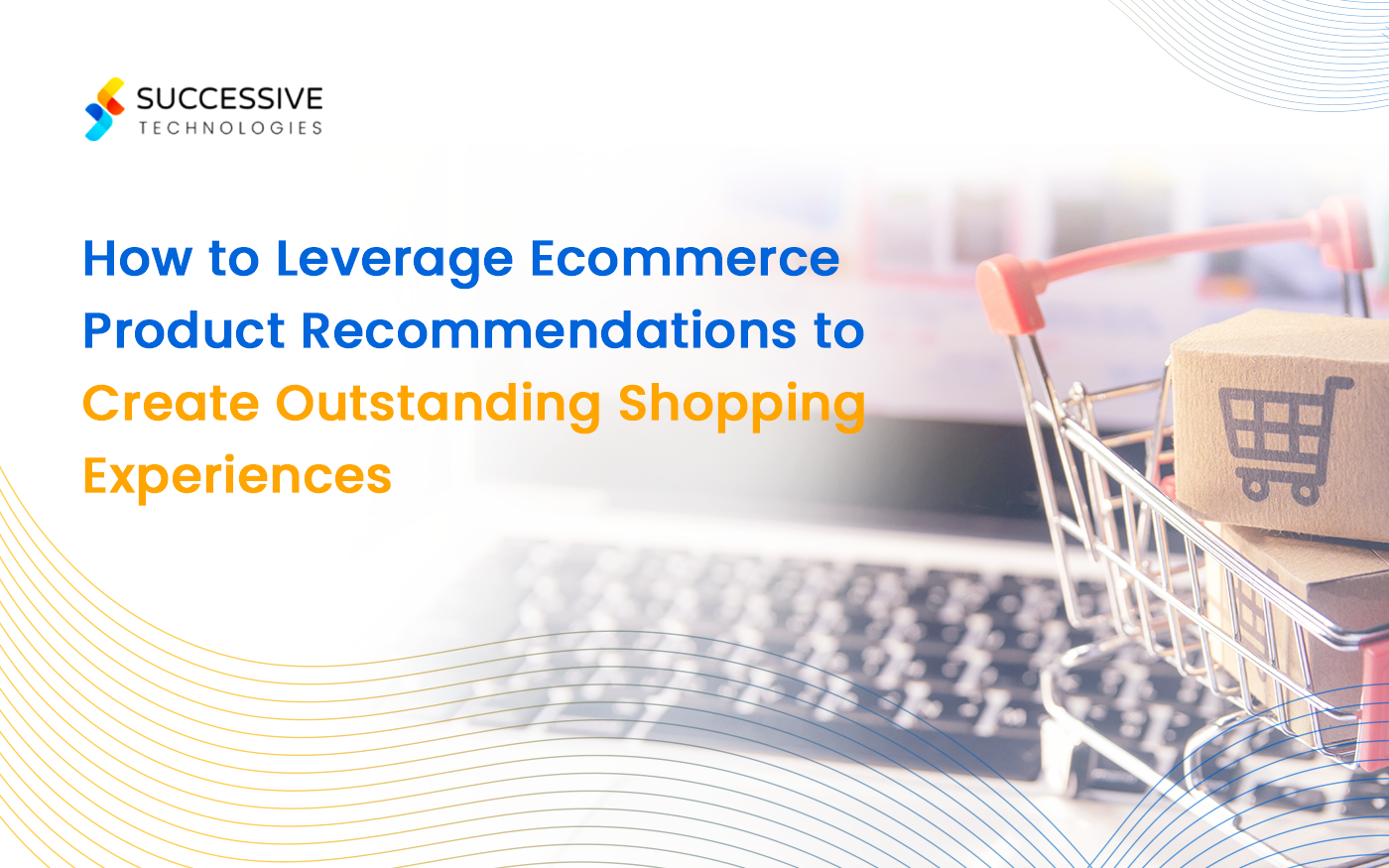Impulse spending comprises around 40 percent of all spending on ecommerce platforms. And it has only gone up during the pandemic.
According to experimental psychologist Ian Zimmerman, Ph.D., impulse buyers may find it harder to resist emotional urges to spend money. They may buy as a way to improve their mood without considering the consequences of their spending.
This makes them excellent customers because it takes little effort to convert them. Their main driver is the desire for pleasure. And in a world that has rapidly gone digital, retailers have to find ways to meet this desire without the sensory cues that are available in-store.
How can they achieve this? These are some of the aspects for ecommerce business owners to keep in mind:
1. Make your ecommerce platform easy to use
Customers don’t want to have to invest cognitive effort to understand how an ecommerce platform works. Retailers should perform usability tests regularly to gain insights about the site experience and catch user experience (UX) issues.
Retailers should ensure that their site has a logical flow and a clearly defined call-to-action (CTA). For example, customers shouldn’t have to scroll down to find the ‘buy’ button. Retailers should take care to include well-structured, valuable information such as detailed product descriptions while removing all unnecessary or irrelevant information.
Special attention should be paid to optimizing the checkout process. Impulse buyers like to make quick decisions. Anything that interrupts their flow is likely to defer the sale. Retailers should:
- Offer 1-click checkout to minimize complexity and speed up the purchase process
- Allow guest checkout, as forcing users to create an account is one of the top reasons for cart abandonment
- Consider adding a progress bar to show users what stage they are at in the checkout process
- Offer a variety of payment options to ensure that buyers are able to complete the purchase
On-page surveys can be employed to find UX issues on pages with a high exit percentage. And support options like live chat, chatbots, etc, can help solve customer problems quickly and reduce cart abandonment.
2. Offer great mobile experiences
Ensuring responsiveness on mobile is no longer enough. Retailers have to optimize their ecommerce platform for conversion on mobile, accounting for such unpredictable elements as poor network speeds, small screen size, etc.
Retailers must also be aware that the way customers shop has changed. Today, customers are multitasking all the time, and many will reach for their smartphones to find information even while standing inside a physical store. Google calls these micro-moments. Customers’ experience of a brand during these moments matters as much as their experience in-store or on the website.
It is also critical for ecommerce businesses to consider smartphones within their larger omnichannel commerce strategy. Understanding where mobile phones fit into the customer journey can help ecommerce business owners find alternative ways to reach customers and address their needs.

[Read more about embracing mobile commerce for breakneck growth]
3. Consider product placement to boost sales
Similar to placing products near the checkout queue in a physical store, ecommerce business owners can carefully use the real estate on their landing page to encourage sales of their flagship products or bestseller items.
Past sales and positive reviews create social proof that can be used to generate desirability, encouraging people to buy bestseller, highest rated, or most-wished-for items. These should be prominently displayed on the hero image, landing page, etc. Sections highlighting top seller items and seasonal must-haves — such as on ManoMano, a marketplace in Europe for DIY, home, and garden — can create interest in products and raise their desirability.
Retailers can also suggest complementary products, via “Customers who bought this also bought…” recommendations, or offer bundled items at slightly discounted prices. For instance, Etsy, the marketplace for handmade or vintage goods, has a “Shops we think you’ll love” section that recommends shops based on users’ recent activity.
Another tactic that retailers can employ is to show a selection of low-ticket items (e.g. candy bars, pens) that can be quickly added to the cart at checkout to increase the order value.
4. Create urgency with targeted promotions
Impulse purchases are decisions made in the moment. To make more sales, ecommerce business owners must somehow drive customers to act fast.
One of the best ways to do this is by playing on buyers’ fear of missing out (FOMO). Timers and limits on stock can create urgency, prompting immediate action. Such offers can make people feel like they are getting more value for their money than they would otherwise.
Here are some more suggestions for retailers.

5. Identify and mitigate perceived risk to customers
Customers are more likely to spend when spending is perceived as a low-risk activity. There are many dimensions of risk faced by customers. Some involve the time invested in locating a store or particular product, or dealing with a product that has not lived up to expectations. Financial risks involve all the costs associated with shopping, and are likely to be more significant for those belonging to lower-income groups. Psychosocial risks involve the emotions associated with brands, and how these feed into positive self-esteem after a good retail experience and negative feelings after a bad one. Physical risks concern the energy investment associated with shopping, as well as threats to health caused by a store experience or an unsafe product.
Depending on their product or service line and industry context, retailers must try to understand the perceived risks faced by their customers and mitigate these. For example, they can reduce perceived financial risk through measures such as offering free shipping, free returns, warranties, money-back guarantees, etc. Time-based risks can be lowered by retailers investing in improving product categorization and site search, and optimizing checkout and return processes. And retailers can lower many different types of risks at the same time by highlighting their credibility, showcasing any industry accreditations, positive ratings, and customer reviews.
Doing this ensures that customers perceive engaging with the brand as a consistently easy and pleasurable experience rather than a stressful one, making them more likely to buy again in the future.
6. Offer value-driven, meaningful experiences
Impulse buyers are driven by their emotions. ecommerce business owners must understand this deeply in order to create experiences that allow buyers to connect emotionally with products. Conversational copywriting, striking visuals and branding, and creative campaigns are some of the tools that can be used to create such connections. Unique experiences high on value are much more likely to convert than the typical utilitarian experience offered by many online marketplaces.
UK-based clothes discovery service and personalized shop, Thread, combines artificial intelligence with the expertise of stylists to offer tailored recommendations. The ecommerce platform asks users to select their favorite styles from a selection of photos, as well as enter their budget, age range, skin, hair and eye color, sizes, and body shape. Using all this information, it sends users personalized clothing recommendations.
Particularly for shoppers that belong to Gen Z, uniqueness and expression are becoming more significant than price and status. Authentic, niche brands that are committed to social causes such as sustainability and the environment are likely to connect better with this audience.
For example, Shades Of Green, a marketplace focusing on non-toxic, environmentally-friendly products, evaluates all the products on its website for eco-friendliness using its proprietary evaluation system. There’s also Ten Thousand Villages, a marketplace for handcrafted products made by artisans in developing countries, which distinguishes itself by its ethical practices and focus on social impact. And SimpleSwitch, which allows people to filter and shop for products by social or environmental impact and collect impact points, which can then be redeemed for discounts.
These are all businesses that are conscious about the challenges facing the world and using their ecommerce platform to make an impact — making them meaningful and engaging for Gen Z customers.
7. Use social media to generate viral brand advocacy
The boundaries are blurring between social media, entertainment, and commerce. Retailers need to target consumers where they are — including on social media platforms — to get their products in front of a large number of potential customers and make it easier for them to buy products instantly.
But because newer generations like Gen Z are much more discerning than previous ones, today’s brands have to go beyond the transactional. It’s not just about integrating commerce capabilities into social channels. It’s about building communities with shared values and a sense of belonging. This sense of community and the social proof accrued via these channels is what can help to generate new sales. Recommendations from social media influencers on Instagram, TikTok, Snapchat (which also have direct buying options) can therefore be much more powerful than traditional marketing methods.
GoPro has done this well with its strategy involving user-generated content. The action camera company’s Million Dollar Challenge incentivizes customers to buy the latest model camera and create content to compete for an equal share of the million-dollar prize. Such content challenges generate a large amount of website traffic for the brand. And by asking customers to be co-creators, GoPro is able to make them feel strongly connected with the brand — creating a positive feedback loop that keeps them coming back and engaging more deeply with the brand.

Multi-vendor e-commerce platforms encapsulate all of these ideas and represent a growing trend in retail. With such solutions, retailers can simplify much of the complexity associated with retail operations and gain increased visibility into all aspects of their business. This allows them to pass on the benefits to customers in the form of value-driven, customer-centric solutions that are quick to convert.
At Successive, we’ve seen that the next evolution of a digital storefront won’t just be marketplaces, but will be extremely niche. Read more about increasing the profitability of your ecommerce business.












